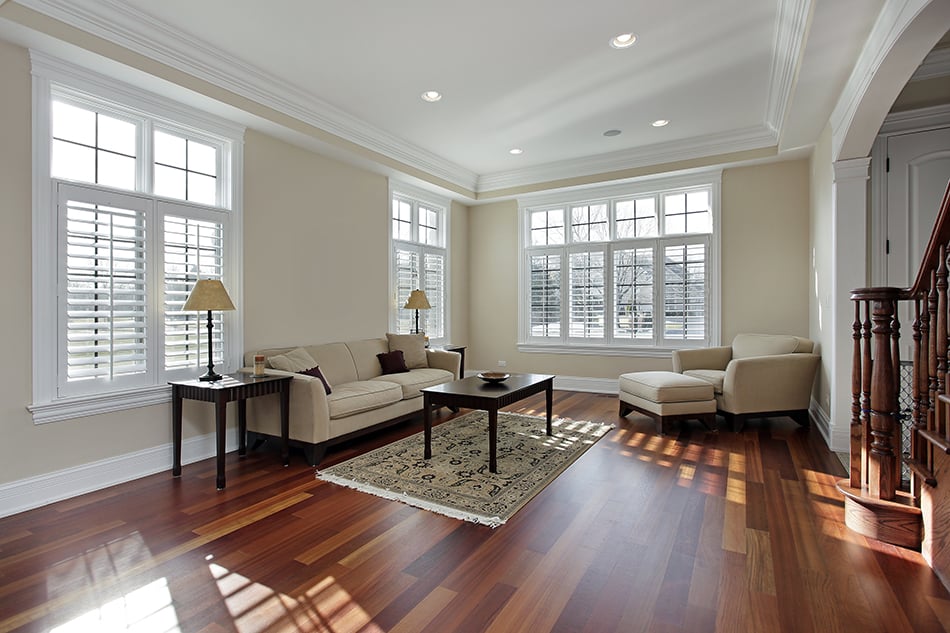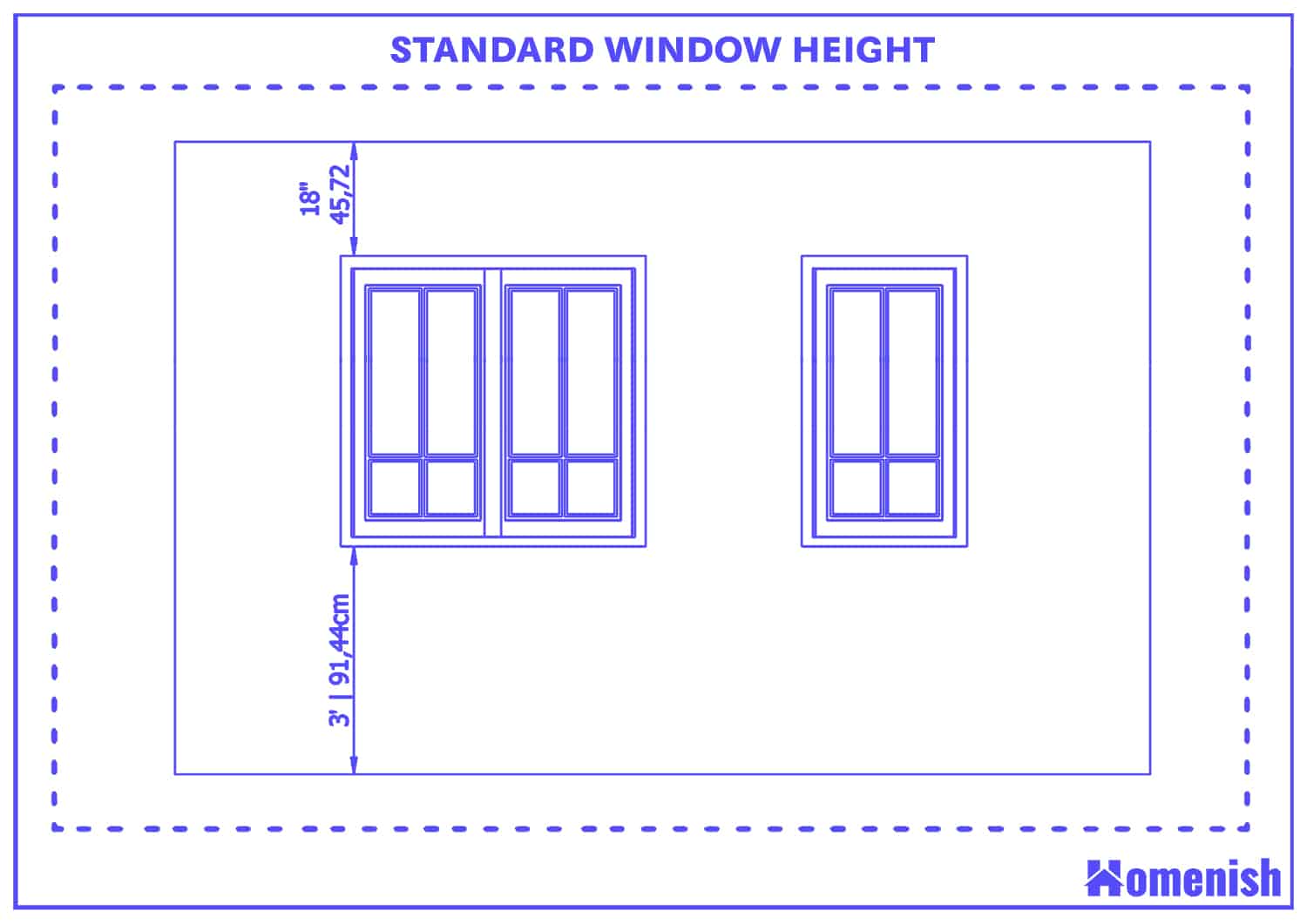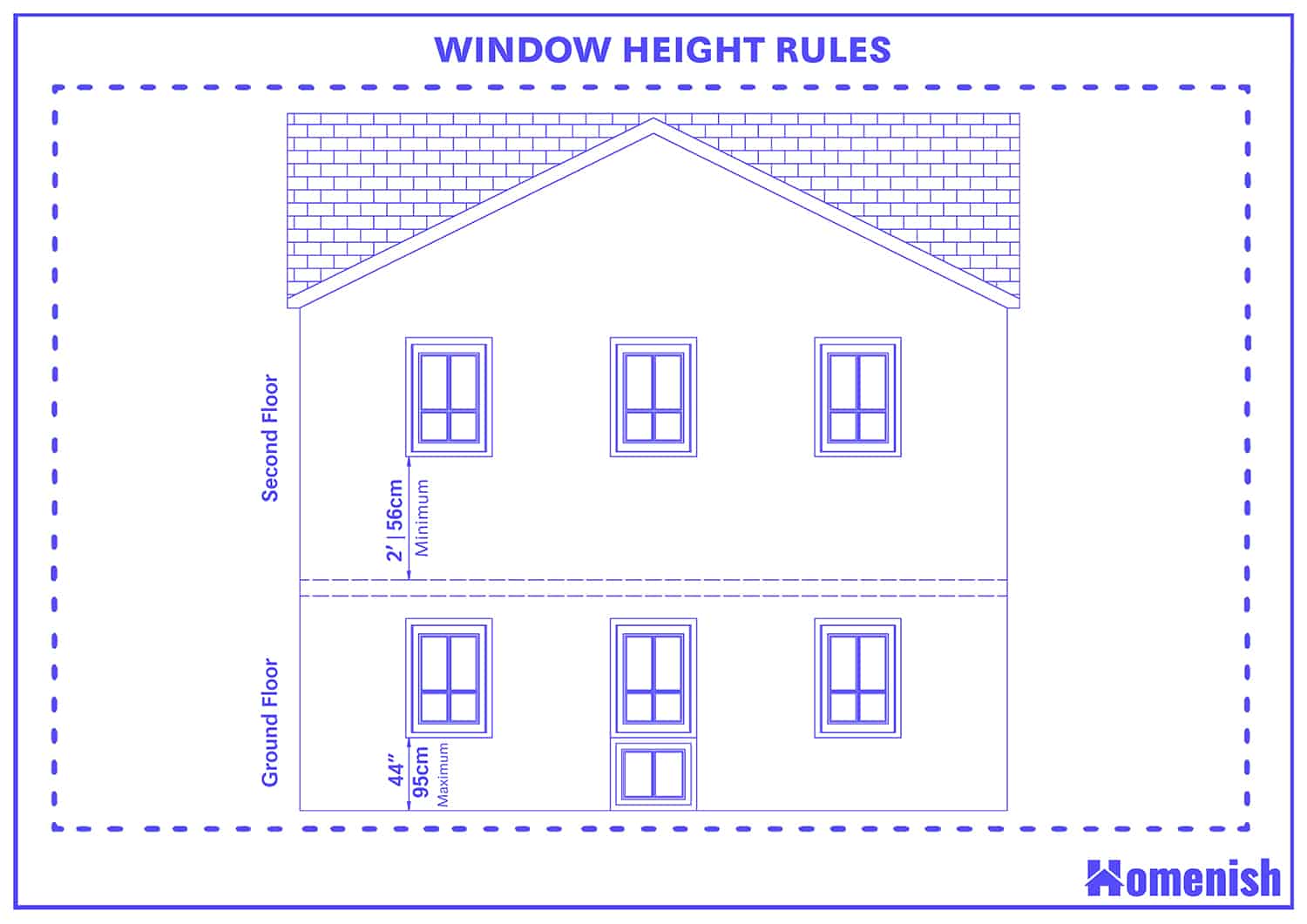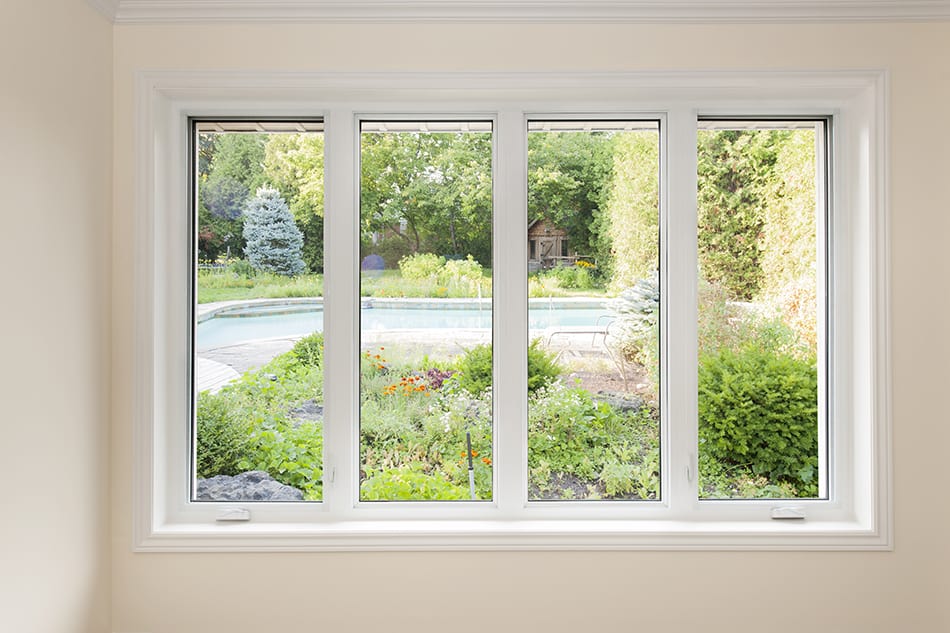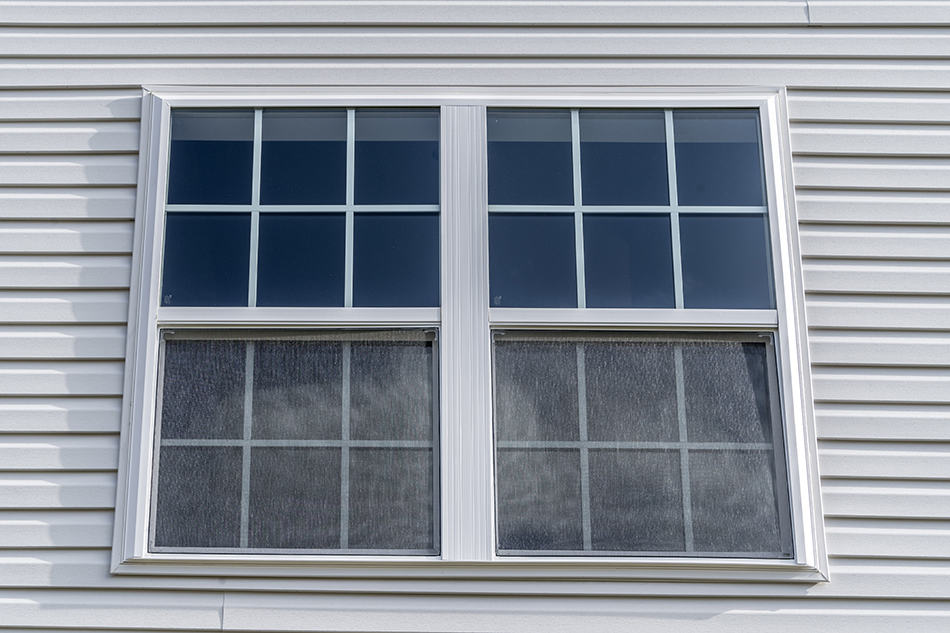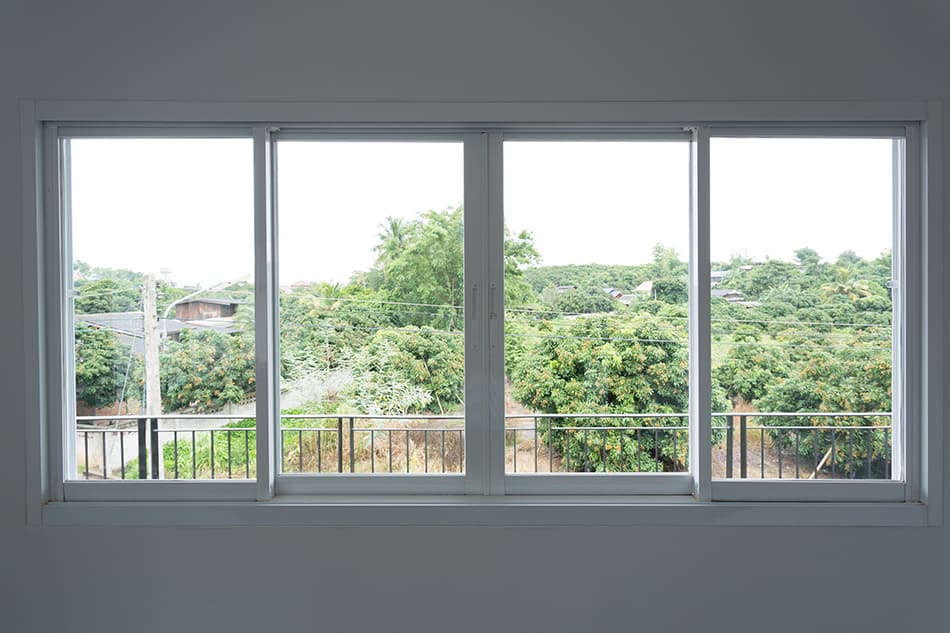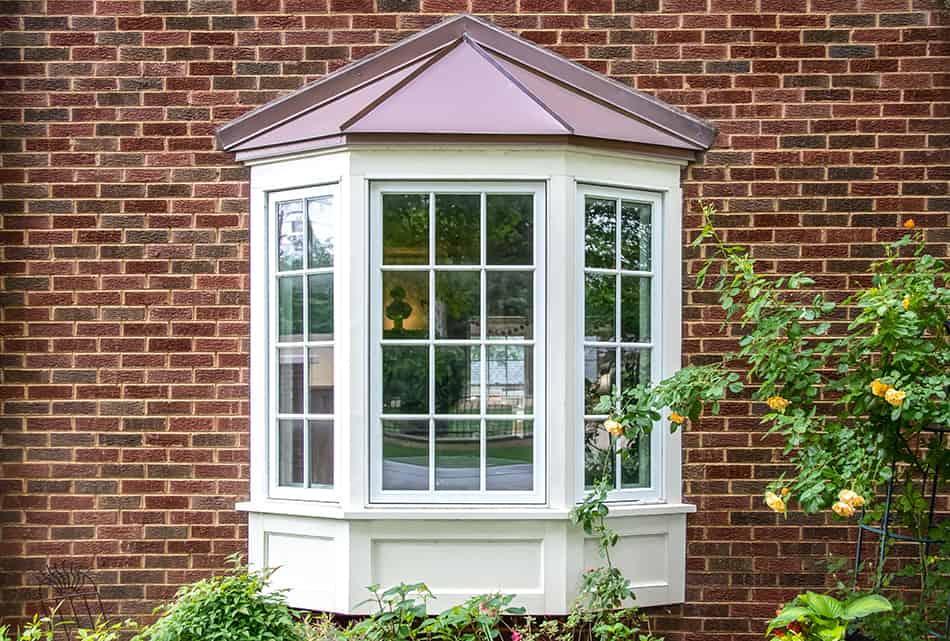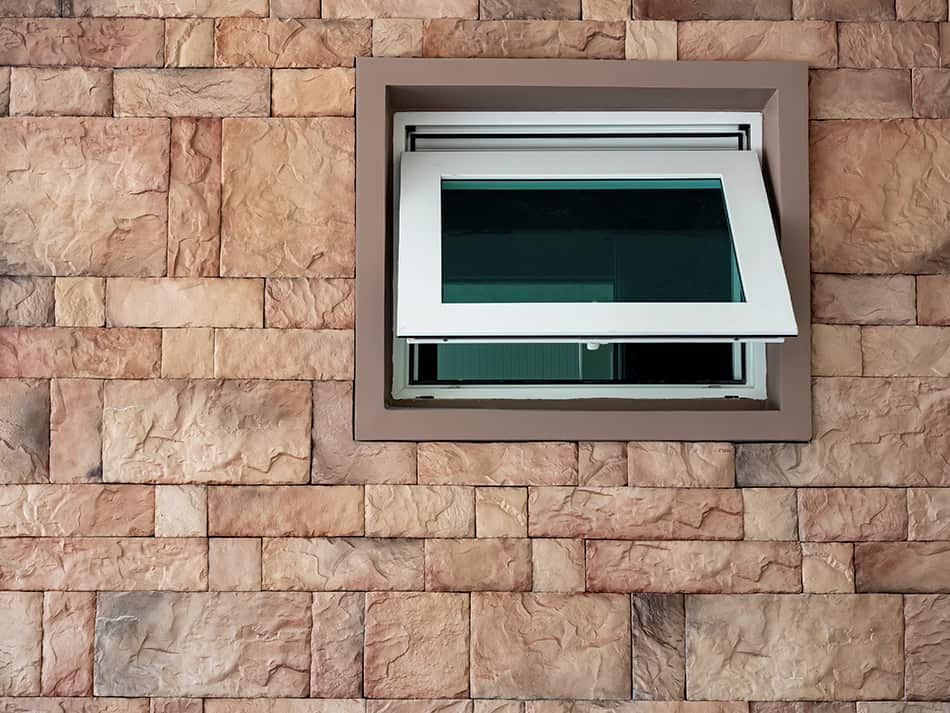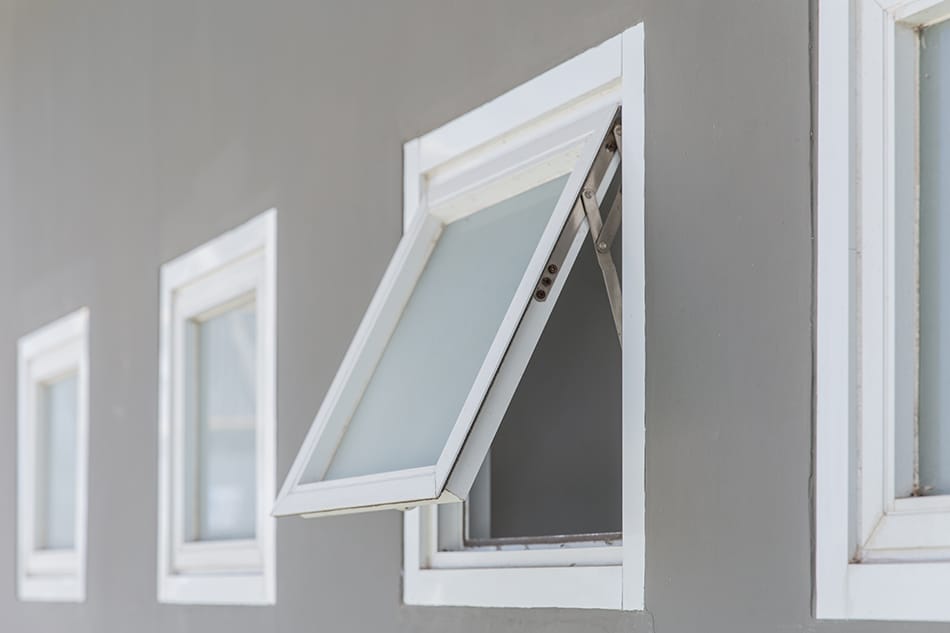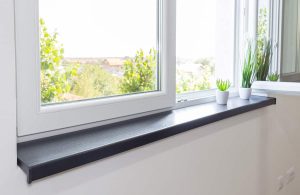What’s the standard window height? How high should your window be from the floor and the ceiling? Let’s go over these dimensions. We’ll also go into detail about different types of windows and their standard heights.
Here is a quick answer. You may also read till the end to understand in detail and find the suggested dimensions for many types of windows.
A standard window is 8 inches in height from the ceiling and 3 feet in height from the floor. There are certain rules for windows in some parts of the home. For the ground-floor window in the main habitable spaces, the window should not be more than 44 inches from the floor for emergency escape; for windows on second floor and above, it should be minimum 2 feet from the floor to prevent children from climbing.
Standard Window Height
Here is a diagram that illustrates the exact dimensions for the standard window height.
Standard Window Height From the Ceiling
Standard windows typically begin 18 inches (45 cm) from the ceiling. This is because windows have a header above them to strengthen the integrity of the walls and take the load of the roof, and 18 inches allows them to fit in easily.
Standard Window Height From the Floor
From the floor, standard windows usually begin at around 3 feet or 91.44 cm in height. This allows for furniture such as chairs or sofas to fit in front of the windows without encroaching too much on the view or natural light.
These sizes are not set in stone and can vary depending on the property and the room. For example, windows in bathrooms are higher up to allow space for bathroom furniture and to ensure privacy. Windows can take many shapes and sizes, though there are certain rules that all windows must follow to meet building regulations.
Window Height Rules
Building codes are in place to ensure that safety is a priority when homes are built or renovated. When it comes to windows, there are restrictions around the sizes of windows in certain parts of the home.
For second-story windows (or higher), the window must begin at least two feet from the floor. This is in order to prevent small children from falling out of open windows, though this rule can be worked around if specific safety measures are put in place.
For ground-floor windows in main living spaces, the window should not be any further than 44 inches from the floor, ensuring that the occupants are able to use the window as an exit in the event of an emergency.
Standard Sizes of Popular Windows
Picture Windows
These types of windows are made from one large framed pane of glass, therefore creating an uninterrupted ‘picture’ of the view. These windows are usually quite large in order to maximize the view, but they can measure anywhere from two feet to eight feet in either direction.
Double Hung Windows
These are the most popular types of windows, which are commonly seen in the majority of modern homes. They use standard sizing so that when you want to replace your windows, in most cases, you can just buy them off the shelf rather than having to have windows specially measured and made to order.
Double-hung windows in standard sizes range in height from 36 inches to 72 inches, but in the vast majority of homes, these windows will measure 48 inches high. They can have a width of between 24 and 48 inches. Double-hung windows can be found in smaller or larger proportions, but these would be of non-standard measurements.
Sliding Windows
Sliding windows use a track to be able to slide back and forth to open and close them, much like sliding doors. These types of windows are always taller than they are wide. Standard-sized sliding windows range from three to seven feet in width and two to five feet in height.
Bay Windows
Bay windows protrude out from the property, creating a nook in a room that is ideal for a reading chair. These types of windows are usually made up of three different windows fitted together in an angular semi-circle shape. In standard sizing, they will usually measure between three feet to six feet in height and four feet to ten feet in width.
Casement Windows
Casement windows operate by a hinge on one side and open out on the opposite side. The design of these windows usually means that they are taller than they are wide to avoid stress on the hinge and an imbalance of the window when it is open.
These types of windows are common in smaller rooms such as bathrooms and cloakrooms. They are generally narrow and will not measure more than three feet in width. They can have a height of anywhere between three feet and six feet.
Awning Windows
These windows operate in a similar way to casement windows, but in this case, the hinge is on the top of the window instead of the side, and the window will open out from the bottom. Once again, these types of windows are generally quite narrow, with a maximum width of four feet. They can have a height of between two and eight feet.
Considerations for Window Placement
When deciding where to place the windows on your property, you need to consider more than just standard window heights. The placement of a window can affect the look of your property, your heating bills, and much more. These are the top priorities to think about when planning your window placement.
Ventilation
Windows are a great source of natural ventilation and can even help to reduce the cost of air conditioning in the warmer months. By placing windows in a way that will allow a breeze to blow through your home and carry cool air with it, you will be helping your home cool down in the summer more easily, making it a more comfortable place to spend time.
Heating
You should think about your local climate, how comfortable the temperatures are at different times of the year, and how your windows can affect this. Large panes of glass in windows leak heat during colder months, which will cause your heating bills to rise. They will also magnify sunlight in the warmer months, which could make your room uncomfortably hot.
If you struggle to maintain a comfortable temperature in your home, then go for several smaller windows which are well placed and can open fully, rather than one large window. Windows significantly affect the thermal mass of a building, so clever placement taking into account the direction of sun exposure and local climate is vital.
Exposure
Knowing which way your property faces and understanding where in the sky the sun will be at different points of the day and during different seasons can affect where you want your windows to be.
If you are at work all day and then spend your evenings at home in the kitchen and dining room, you want it to be well-lit during this time. To make the most of natural light, in this instance, you would want your kitchen to have a south or west-facing window.
Aesthetics
The size and placement of your windows will affect how the property looks from the outside, so you’ll want to ensure any new windows line up with existing exterior and indoor windows in other rooms so that they don’t make the exterior look odd.
The proportion of the windows should work with the proportion of the home and the proportion of any external doors. Tiny windows next to a large grand entranceway can look very peculiar, and similarly, a huge picture window near a standard-sized door can also look out of proportion.
Privacy
The room your new window is going in and what you use that room for will make a difference to the size and placement of the window. A bedroom, for example, probably isn’t the ideal place for a huge window, as this is where you will want privacy and not to be gawped at by passers-by.
Most people don’t spend much waking time in a bedroom, so it also isn’t a requirement for a bedroom to have heaps of natural light. Similarly, you’ll probably want relatively small windows in a bathroom, which are high up so that nobody knows when you’re in the bath. A dining room or family room is the ideal place for a large picture window, as these rooms don’t have such a privacy concern, and they are places where you will typically sit for long periods of time and can enjoy the natural light or the view.
Views
If you’re lucky enough to live on a plot that has beautiful views, then you’ll want to make the most of them. People who have views of a lake, mountains, or the ocean will often plan the design of their home around the view so that the room where their family spends the most time faces the view and can be enjoyed to the maximum with a floor-to-ceiling window.
If a good view can only be seen from certain rooms in the house, you’ll want to maximize viewing opportunities by having windows positioned in these key spots.
Floorplan
Window placement can affect the floorplan of a property, so you should think about where you’ll want to position your furniture. For example, if your bedroom has two walls with windows on, a further wall with a fitted wardrobe on, and the final wall with an interior door, then you’re going to struggle to find a suitable spot for your bed, as most people don’t want their headboards blocking out half of the window.
Window placement is especially important in kitchens because you’ll likely want to utilize wall space for kitchen cabinets. Windows should be fairly high up in most kitchens so that you can have countertops running at the standard height beneath them.
